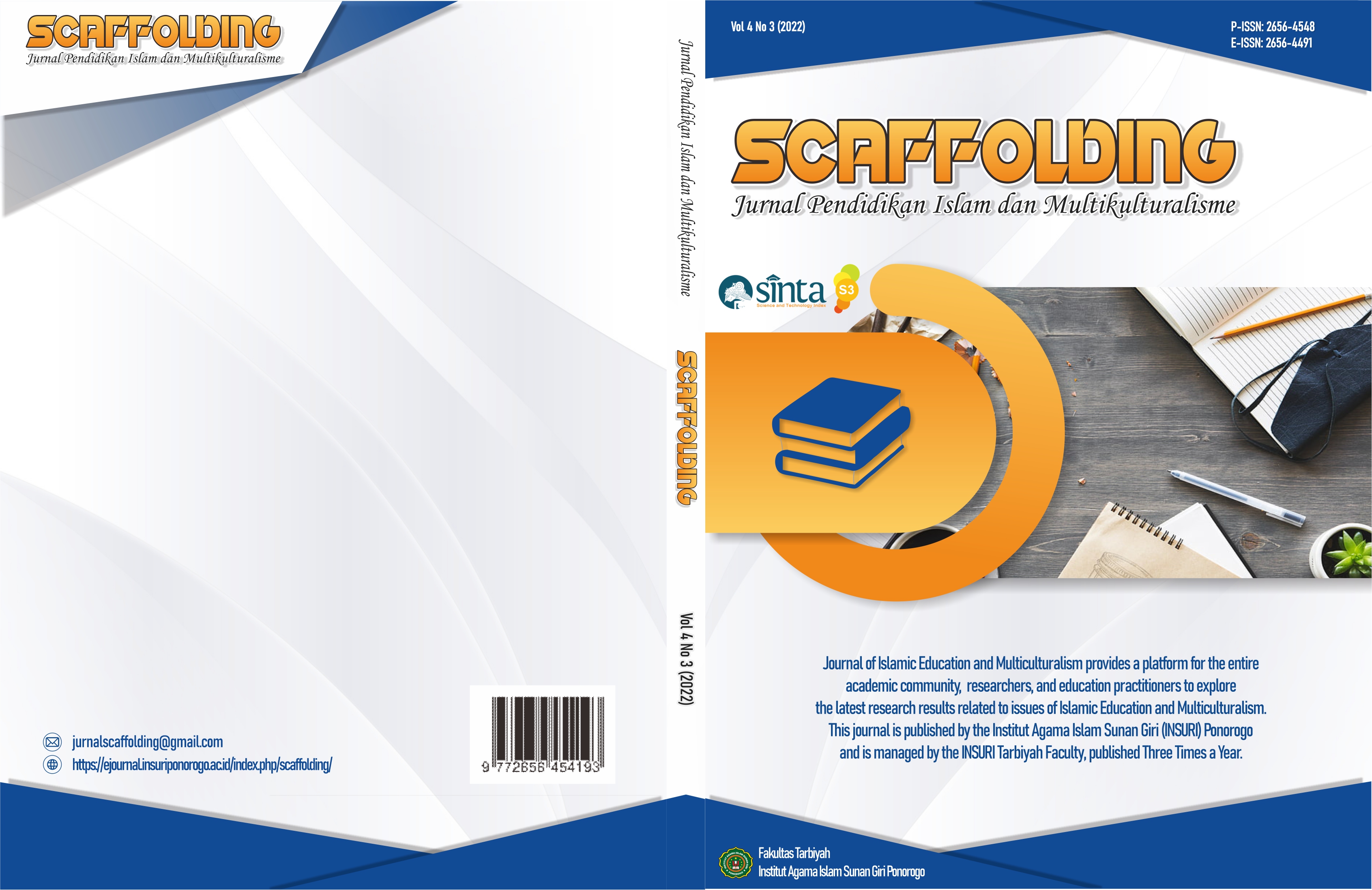Pengembangan E-Modul Discon Berbasis Android (E-Modul Disroid) pada Materi Cahaya bagi Siswa Sekolah Dasar
DOI:
https://doi.org/10.37680/scaffolding.v4i3.1943Keywords:
E-Module, Discovery Learning, Android, Science Learning, light materialAbstract
Changes from age to age in human life indirectly encourage humans to follow the times where it cannot be denied that all things are based on technology, including the world of education. The problem in this research is the change in the learning process carried out online with the help of development technology. The online learning process makes students difficult, especially in science learning, where learning is mostly carried out with practicum. The purpose of this study is to develop a valid and practical Android-based Discon E-Module. This research is a research and development (Research and Development) with a 4D model consisting of 4 stages, namely define, design, develop, and disseminate. The population in this study were fourth-grade students of Elementary School Inpres 1 Tondo. The research instrument used tests and media validation questionnaire sheets, material validation, and user validation. Based on the results of data analysis, it was obtained that the media validity was in the very good category, the material validity was in the good and very good categories, and user satisfaction was in the very good category. So it can be concluded that the Android-based E-Modul Discon (E-Modul Disroid) that was developed is included in the very valid and very practical criteria. So that this module can be used in science learning, especially for practical activities in grade IV elementary.
Downloads
Published
Issue
Section
License
Authors who publish with this journal agree to the following terms:
Authors retain copyright and grant the journal right of first publication with the work simultaneously licensed under a Creative Commons Attribution-NonCommercial 4.0 International License that allows others to share the work with an acknowledgement of the work's authorship and initial publication in this journal.
Authors are able to enter into separate, additional contractual arrangements for the non-exclusive distribution of the journal's published version of the work (e.g., post it to an institutional repository or publish it in a book), with an acknowledgement of its initial publication in this journal.
Authors are permitted and encouraged to post their work online (e.g., in institutional repositories or on their website) prior to and during the submission process, as it can lead to productive exchanges, as well as earlier and greater citation of published work.



